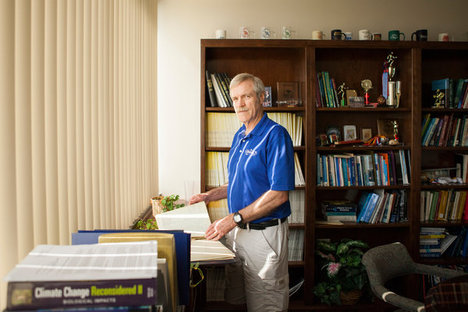(p. 345) In a nation of self-made people, Hamilton became an emblematic figure because he believed that government ought to promote self-fulfillment, self-improvement, and self-reliance. His own life offered an extraordinary object lesson in social mobility, and his unstinting energy illustrated his devout belief in the salutary power of work to develop people’s minds and bodies. As treasury secretary, he wanted to make room for entrepreneurs, whom he regarded as the motive force of the economy. Like Franklin, he intuited America’s special genius for business: “As to whatever may depend on enterprise, we need not fear to be outdone by any people on earth. It may almost be said that enterprise is our element.”
Hamilton did not create America’s market economy so much as foster the cultural and legal setting in which it flourished. A capitalist society requires certain preconditions. Among other things, it must establish a rule of law through enforceable contracts; respect private property; create a trustworthy bureaucracy to arbitrate legal disputes; and offer patents and other protections to promote invention. The abysmal failure of the Articles of Confederation to provide such an atmosphere was one of Hamilton’s principal motives for promoting the Constitution. “It is known,” he wrote, “that the relaxed conduct of the state governments in regard to property and credit was one of the most serious diseases under which the body politic laboured prior to the adoption of our present constitution and was a material cause of that state of public opinion which led to its adoption.” He converted the new Constitution into a flexible instrument for creating the legal framework necessary for economic growth. He did this by activating three still amorphous clauses–the necessary-and-proper clause, the general-welfare clause, and the commerce clause–making them the basis for government activism in economics.
Source:
Chernow, Ron. Alexander Hamilton. New York: The Penguin Press, 2004.



